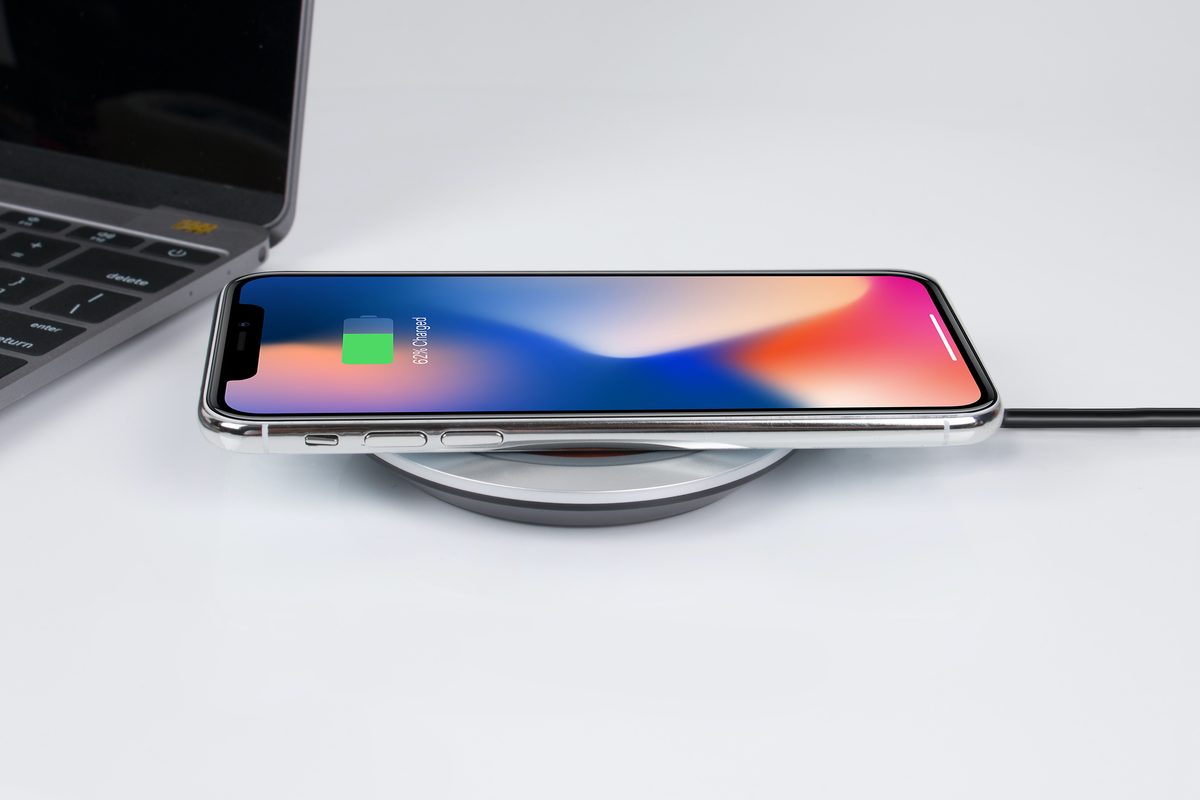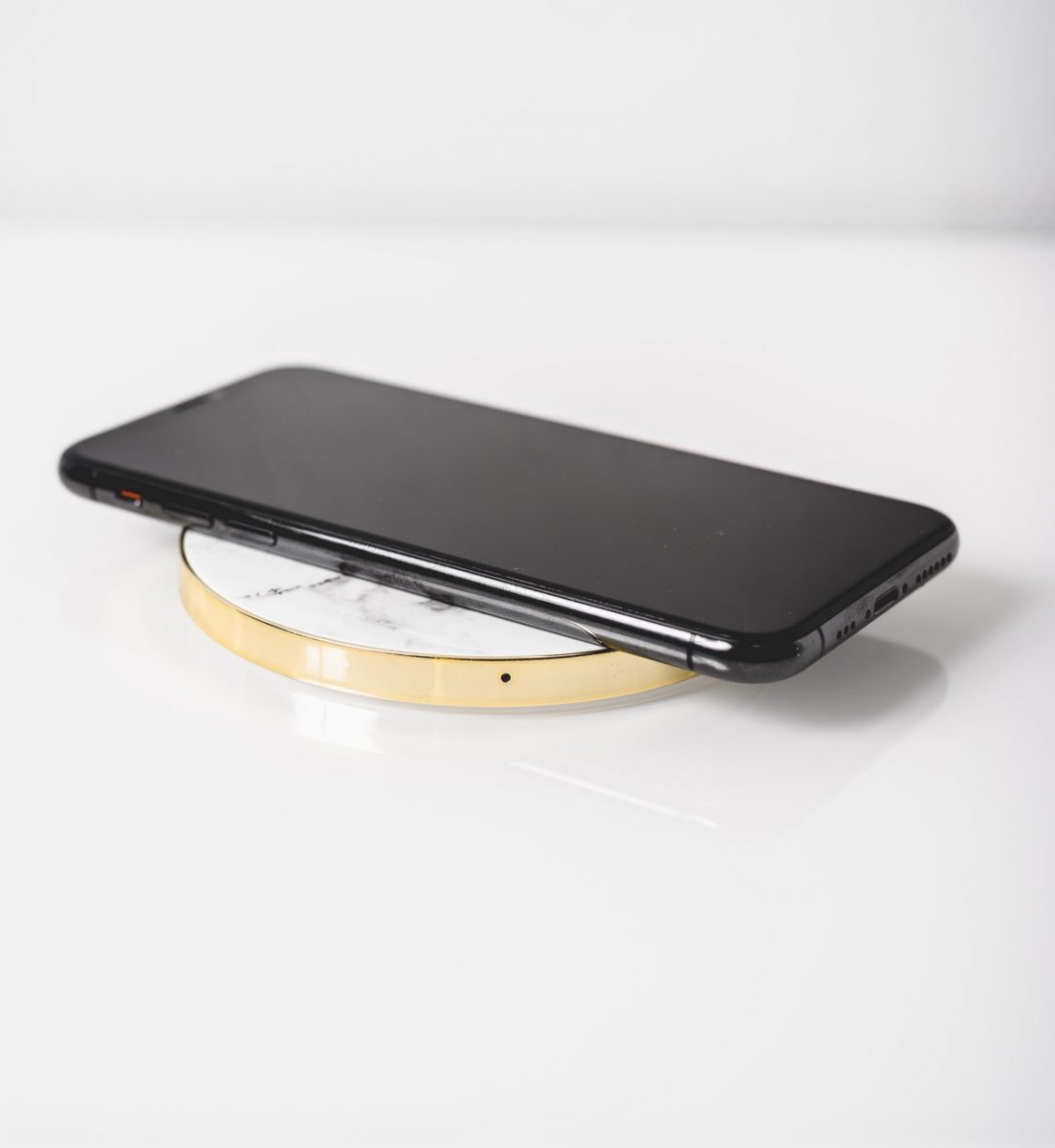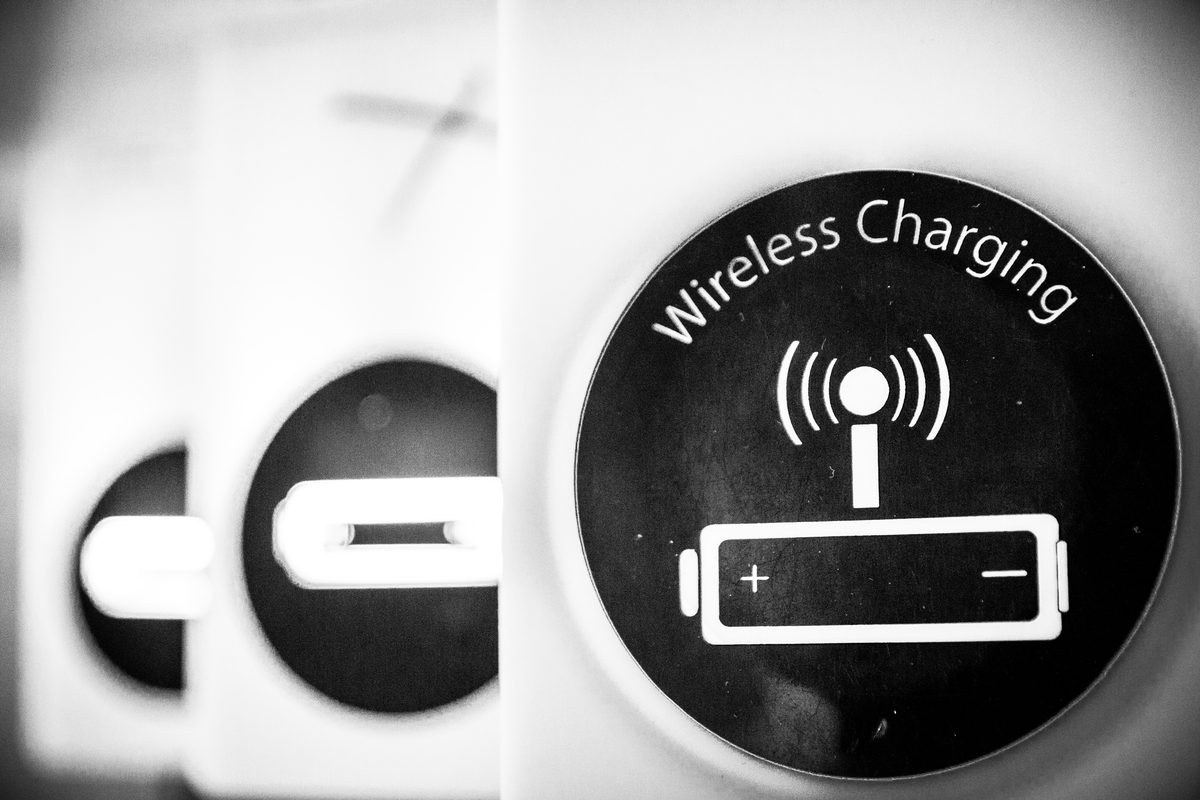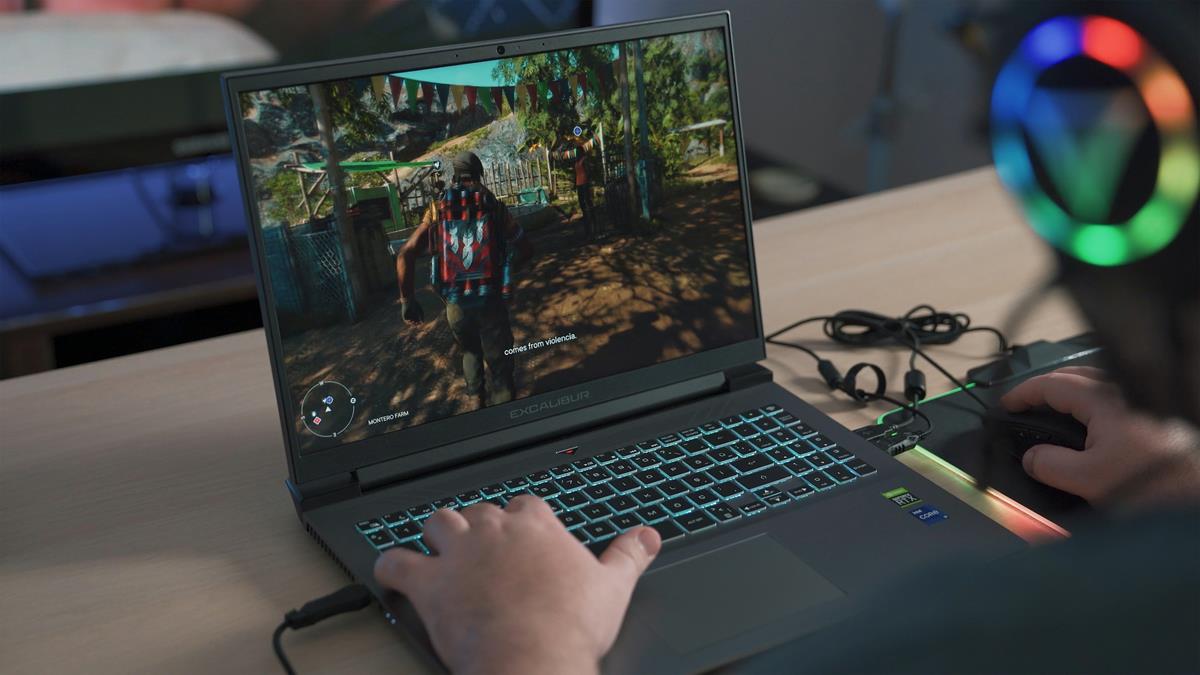Explained: How does wireless charging work?

With wireless charging, you can power your electronic gadgets without plugging them in. Energy is transferred from the charging station to the gadget through a magnetic field.
A coil of wire within the charging pad generates the magnetic field necessary for charging. The pad's magnetic field creates a current in a suitable receiver coil when a device is placed on it. This current is then used to charge the device's battery.
How wireless charging works in detail?
The technology behind wireless charging relies on electromagnetic induction. According to this theory, an electric current is induced in a conductor when a changing magnetic field is supplied to the conductor.

For wireless charging, a coil of wire within the pad generates a varying magnetic field. A current is induced in a device's receiver coil by the pad's magnetic field when a device with a suitable receiver coil is placed on it. The battery is charged with this current.
The greater the distance between the charging station and the smartphone, the less power can be delivered wirelessly. Power transfer increases with device proximity to pad.
The use of wireless charging is on the rise, despite being a relatively new technology.
Benefits of wireless charging
There are several benefits to using wireless charging. These benefits include:
- Convenience: Wireless charging is a convenient way to charge your devices. You don't have to fumble with wires or worry about tangled cables.
- Safety: Wireless charging is a safe way to charge your devices. There is no risk of electric shock, as the current is transferred through a magnetic field.
- Efficiency: Wireless charging is an efficient way to charge your devices. Less energy is lost during the transfer process, so that you can get a longer charge from your battery.

Drawbacks of wireless charging
Wireless charging does have some limitations, though. Among the disadvantages are:
- Cost: Wireless chargers are typically more expensive than wired chargers.
- Speed: Wireless charging is slower than wired charging. It can take several hours to charge a device using wireless charging fully.
- Compatibility: Not all devices support wireless charging. You will need to check to see if your device is compatible before you purchase a wireless charger.
The future of wireless charging
Wireless charging is an emerging industry. As this technology advances, more and more gadgets will be able to be charged wirelessly. It's also likely that wireless charging will become both more practical and less expensive in the near future.
Ultimately, wireless charging might completely change how we power our electronic devices. It's a quick, secure, and effective way to charge our gadgets. Wireless charging will likely replace wired methods as the default for powering electronic gadgets.
Advertisement





















I wonder how hypochondriac “electromagnetic hypersensitive” people who fear light bulbs will react in the future knowing that their electric car is being remotely sent 300 kW of electromagnetic energy through inductive charging.
“Efficiency: Wireless charging is an efficient way to charge your devices. Less energy is lost during the transfer process, so that you can get a longer charge from your battery.”
Exactly the opposite is true.
“Rough math suggests wireless chargers need almost 50 percent more energy to fully charge up a phone”
From https://www.popsci.com/diy/wired-vs-wireless-charging/
There got to be some editorial review on Ghacks. One thing is posting snippets from ChatGPT answers and quite another posting falsehoods.
Err no. Wireless charging loses energy the moment phone is even slightly lifted from the pad. Contrast , this with wired charging where one can use the phone whilst charging. Plus, unless one has a really old and worn down charger, wired charging is as safe as its wireless counterpart.